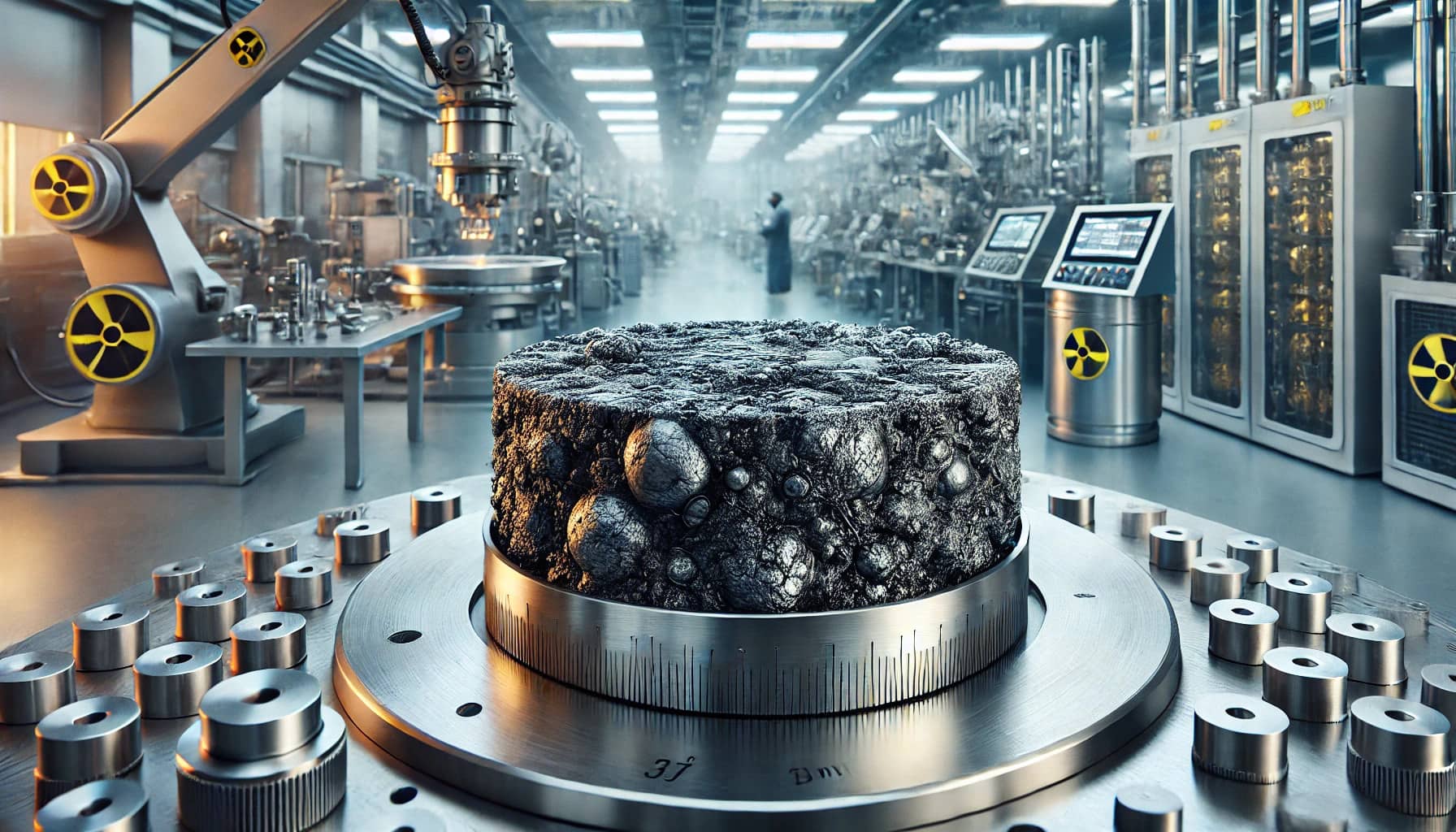
Plutonium–Aluminium is a fascinating alloy with unique properties and applications. This combination of elements creates a material that is both strong and lightweight, making it valuable in various industries. Plutonium, a radioactive element, is known for its use in nuclear reactors and weapons, while aluminium is prized for its corrosion resistance and low density. When these two elements are combined, they form an alloy with enhanced characteristics that can be used in specialized fields such as aerospace and nuclear technology. In this article, we will explore 30 facts about Plutonium–Aluminium that highlight its significance, uses, and intriguing properties.
Key Takeaways:
- Plutonium is a radioactive element used in nuclear reactors, weapons, and space missions. It's highly toxic and has unique properties, making it both fascinating and challenging to handle and dispose of safely.
- Plutonium-238 is crucial for powering spacecraft on deep space missions, such as the Voyager and Curiosity rover. It has also been featured in popular culture and played a significant role in historical events like the dropping of the atomic bomb.
What is Plutonium?
Plutonium is a radioactive chemical element with the symbol Pu and atomic number 94. It is a heavy metal that is used primarily in nuclear reactors and weapons. Here are some intriguing facts about this element.
- Plutonium was first discovered in 1940 by a team of scientists led by Glenn T. Seaborg.
- It is named after the dwarf planet Pluto, following the tradition of naming elements after planets.
- Plutonium is highly radioactive and can be dangerous if not handled properly.
- It has several isotopes, with Plutonium-239 being the most significant for nuclear reactors and weapons.
- Plutonium-238 is used in space missions to power spacecraft.
Properties of Plutonium
Plutonium has unique physical and chemical properties that make it both fascinating and useful. Let's delve into some of these properties.
- Plutonium is a silvery metal that tarnishes quickly when exposed to air.
- It has six different allotropes, or forms, each with distinct physical properties.
- The metal is brittle at room temperature but becomes more malleable when heated.
- Plutonium has a high melting point of 640 degrees Celsius (1184 degrees Fahrenheit).
- It is chemically reactive and can form compounds with other elements, such as plutonium dioxide (PuO2).
Uses of Plutonium
Plutonium has various applications, particularly in the fields of energy and defense. Here are some of its primary uses.
- Plutonium-239 is used as a fuel in nuclear reactors.
- It is a key component in the production of nuclear weapons.
- Plutonium-238 is used in radioisotope thermoelectric generators (RTGs) to provide power for space missions.
- Some experimental reactors use plutonium as a fuel to generate electricity.
- It has potential applications in advanced nuclear technologies, such as fast breeder reactors.
Safety and Environmental Concerns
Handling and disposing of plutonium pose significant challenges due to its radioactivity and toxicity. Here are some important considerations.
- Plutonium is highly toxic if inhaled or ingested, posing serious health risks.
- It can remain radioactive for thousands of years, making long-term storage a challenge.
- Special facilities are required to safely handle and store plutonium.
- Accidental releases of plutonium can contaminate the environment and pose health risks to humans and wildlife.
- Efforts are ongoing to develop safer methods for handling and disposing of plutonium waste.
Interesting Facts about Plutonium
Beyond its scientific and practical uses, plutonium has some fascinating trivia associated with it. Here are a few fun facts.
- Plutonium was used in the first atomic bomb, known as "Fat Man," dropped on Nagasaki during World War II.
- The element has been featured in popular culture, such as in the "Back to the Future" movie series.
- Plutonium can spontaneously ignite in air due to its high reactivity.
- It is one of the few elements that can undergo fission, releasing a tremendous amount of energy.
- Plutonium has been detected in trace amounts in nature, usually as a result of nuclear testing.
Plutonium in Space Exploration
Plutonium plays a crucial role in space exploration, providing power for missions that venture far from the Sun. Here are some examples.
- The Voyager spacecraft, launched in 1977, are powered by plutonium-238 RTGs.
- The Curiosity rover on Mars uses a plutonium-238 power source to conduct its scientific missions.
- Plutonium-238 has been used in missions to the outer planets, such as the Galileo mission to Jupiter.
- The New Horizons mission, which flew by Pluto in 2015, was powered by a plutonium-238 RTG.
- Future space missions may continue to rely on plutonium-238 for power, especially for deep space exploration.
The Final Word on Plutonium-Aluminium
Plutonium-Aluminium alloys are fascinating. They combine the radioactive properties of plutonium with the lightweight, corrosion-resistant nature of aluminium. These alloys have applications in nuclear reactors and space missions. They help in creating more efficient and durable components.
However, handling plutonium is risky. It requires strict safety measures due to its radioactivity. Scientists and engineers must follow rigorous protocols to ensure safety. Despite these challenges, the benefits of Plutonium-Aluminium alloys can't be ignored. They offer unique advantages in specialized fields.
Understanding these alloys helps us appreciate the complexities of modern science and technology. It also underscores the importance of safety in handling hazardous materials. So, next time you hear about Plutonium-Aluminium, you'll know it's more than just a metal—it's a crucial part of advanced scientific endeavors.
Frequently Asked Questions
Was this page helpful?
Our commitment to delivering trustworthy and engaging content is at the heart of what we do. Each fact on our site is contributed by real users like you, bringing a wealth of diverse insights and information. To ensure the highest standards of accuracy and reliability, our dedicated editors meticulously review each submission. This process guarantees that the facts we share are not only fascinating but also credible. Trust in our commitment to quality and authenticity as you explore and learn with us.
